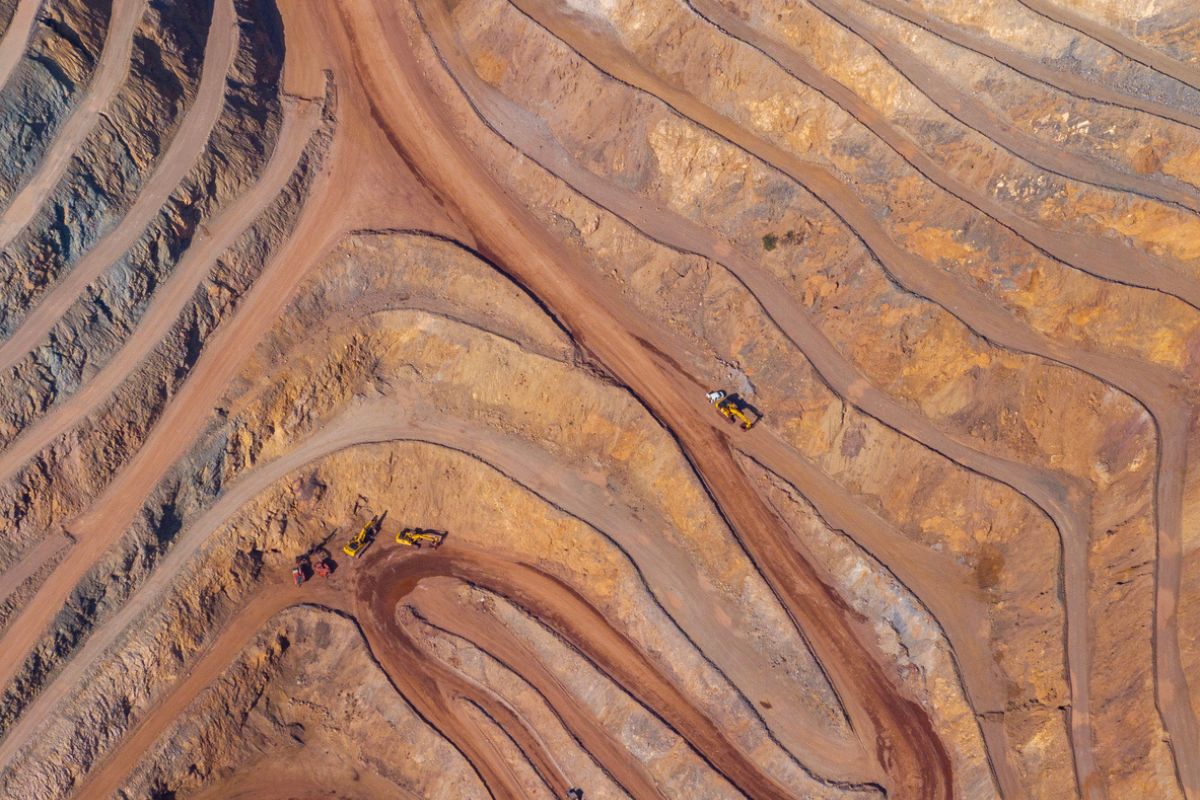S&P Global analysis reveals: Nearly half of all critical mineral mines are located on or near land used by Indigenous peoples or local communities. Protests are especially common in Latin America.
The energy transition will be nearly impossible without an expansion of global mining, industry experts consistently stress. Yet both new and existing mining projects often face strong resistance from local communities and environmental groups, even though the minerals extracted ultimately enable climate-friendly technologies such as wind turbines and electric vehicles.
Information provider S&P Global has analyzed these tensions and how mining companies are dealing with them, concluding that there is significant room for improvement in how affected communities are consulted and included.
One of the study’s key findings: 43 percent of mines producing minerals critical for the energy transition are located on, or adjacent to, officially recognized Indigenous territories or lands used by local communities. The data also show that negative incidents, such as protests, are particularly frequent in Latin America. More than three-quarters of the world’s lithium reserves are concentrated in Argentina, Bolivia, and Chile. Mining in this so-called “Lithium Triangle” is often associated with heavy water consumption. In contrast, more positive examples, such as structured consultations, were reported from Australia and Canada, which the authors attribute to stricter and more consistently enforced protections for local populations.
Mining Industry Making efforts, but Progress Is Uneven
Parts of the mining industry are already working to improve relations with local communities, but according to S&P Global, progress remains slow and inconsistent. Many companies still view communities primarily as a risk factor rather than as strategic partners. Smaller “junior mining companies” which typically handle exploration and early development phases often lack the financial and human resources for extensive engagement. When larger companies later take over projects, they usually inherit whatever relationships already exist with the community. The level of protection also depends heavily on the strength and enforcement of local regulations.
With global demand for energy-transition minerals rising, S&P Global warns that the risk of conflict will also increase if communities are not adequately involved. Conversely, proactive and cooperative engagement can create benefits for both sides. The authors therefore recommend embedding meaningful participation, harm prevention, and risk mitigation along the entire mining value chain.
European Examples Highlight the Challenge
Even in regions with relatively strict environmental regulations, aligning the interests of the mining and energy sectors with community concerns remains difficult. The European Union’s Critical Raw Materials Act (CRMA) requires that 10 percent of the EU’s demand for certain raw materials be met through domestic mining by 2030. But implementation is proving challenging.
For instance, the Matamulas project in northern Spain, one of Europe’s most promising rare earth deposits, is currently on hold due to environmental concerns. The Norra Kärr project in southern Sweden has advanced further, despite years of protests over potential threats to regional drinking water. Another Swedish rare earth deposit, Per Geijer, faces opposition as well, since its potential development could disrupt reindeer migration routes and thereby endanger the traditional way of life of the Indigenous Sámi people.
More on the Topic: The importance of involving affected communities in mining projects, and thus ensuring progress in the energy transition, has also been highlighted by organizations such as the Fraunhofer Institute for Systems and Innovation Research and the International Energy Agency (IEA).
Photo: iStock/temizyurek

